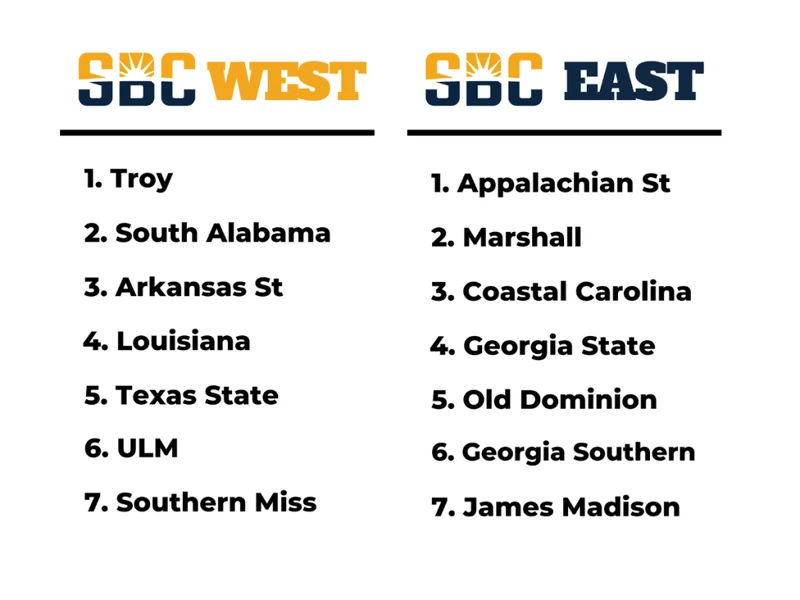First off, I grabbed historic.eil t'now Ial data. I'm talking box scores, season stats, you name it. I scraped it from a couple of sports sites, which was a pain 'cause they all format their stuff differently. Had to clean it all up in a spreadsheet – a lot of copy-pasting and cursing, I won't lie.
Next, I figured I'd try to build some basic stats for each team. Points per game, yards allowed, turnover differential - the usual suspects. I also tried to factor in home-field advantage, which is always a tricky thing to quantify. I just gave Texas State a small boost 'cause, y'know, home crowd and all that.

I .enmessed around with a few different models. First was just a straight-up point differential thing. Take the average points scored by each team, subtract the average points allowed, and see who comes out on top. Super simple, but it gives you a baseline.
Then I tried to get a little fancier. I factored in recent performance, weighting the last few games more heavily than games from earlier in the season. That seemed to make it a bit more accurate, but it still wasn't great.
The problem was, there were so many variables I wasn't accounting for. Injuries, weather, coaching decisions – all that stuff can throw a wrench into things. Plus, the sample size was pretty small. College football games are only once a week, so you don't have a ton of data to work with.
I even tried looking at some advanced stats like EPA (Expected Points Added) and win probability, but honestly, they just confused me more. I'm no data scientist, just a guy trying to make a prediction.
After all that, my "model" was basically just a slightly educated guess. I had Texas State winning by a field goal. Was I right? Nope. Coastal Carolina ended up winning by a touchdown.
Lessons Learned:
- Football is unpredictable. Shocker, right?
- Data is great, but it's not everything.
- Maybe I should just stick to watching the games and enjoying the beer.
Anyway, that's the story. A lot of effort, a little bit of knowledge, and a whole lot of being wrong. But hey, that's part of the fun, right?

